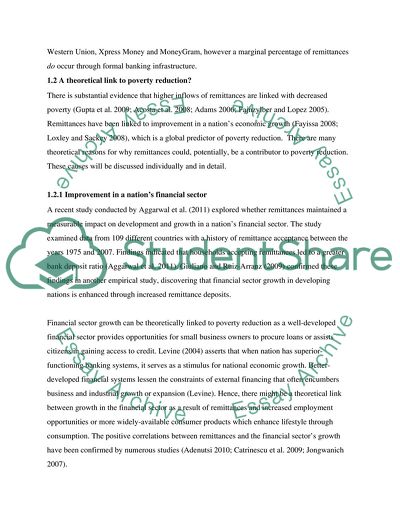Cite this document
(“DOES REMITTANCE HELP IN REDUCING POVERTY Literature review”, n.d.)
DOES REMITTANCE HELP IN REDUCING POVERTY Literature review. Retrieved from https://studentshare.org/macro-microeconomics/1672909-does-remittance-help-in-reducing-poverty
DOES REMITTANCE HELP IN REDUCING POVERTY Literature review. Retrieved from https://studentshare.org/macro-microeconomics/1672909-does-remittance-help-in-reducing-poverty
(DOES REMITTANCE HELP IN REDUCING POVERTY Literature Review)
DOES REMITTANCE HELP IN REDUCING POVERTY Literature Review. https://studentshare.org/macro-microeconomics/1672909-does-remittance-help-in-reducing-poverty.
DOES REMITTANCE HELP IN REDUCING POVERTY Literature Review. https://studentshare.org/macro-microeconomics/1672909-does-remittance-help-in-reducing-poverty.
“DOES REMITTANCE HELP IN REDUCING POVERTY Literature Review”, n.d. https://studentshare.org/macro-microeconomics/1672909-does-remittance-help-in-reducing-poverty.


